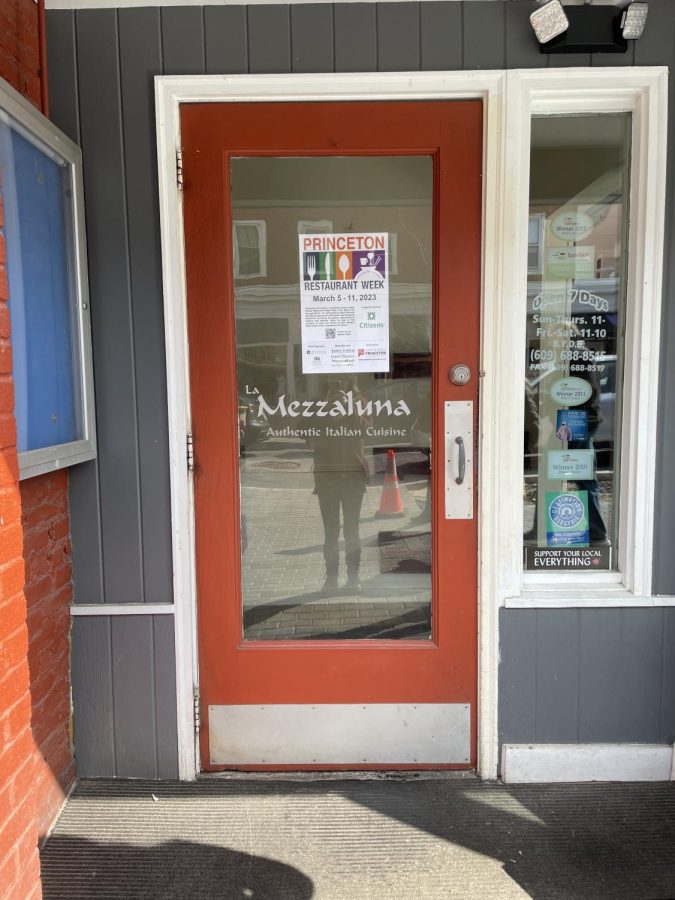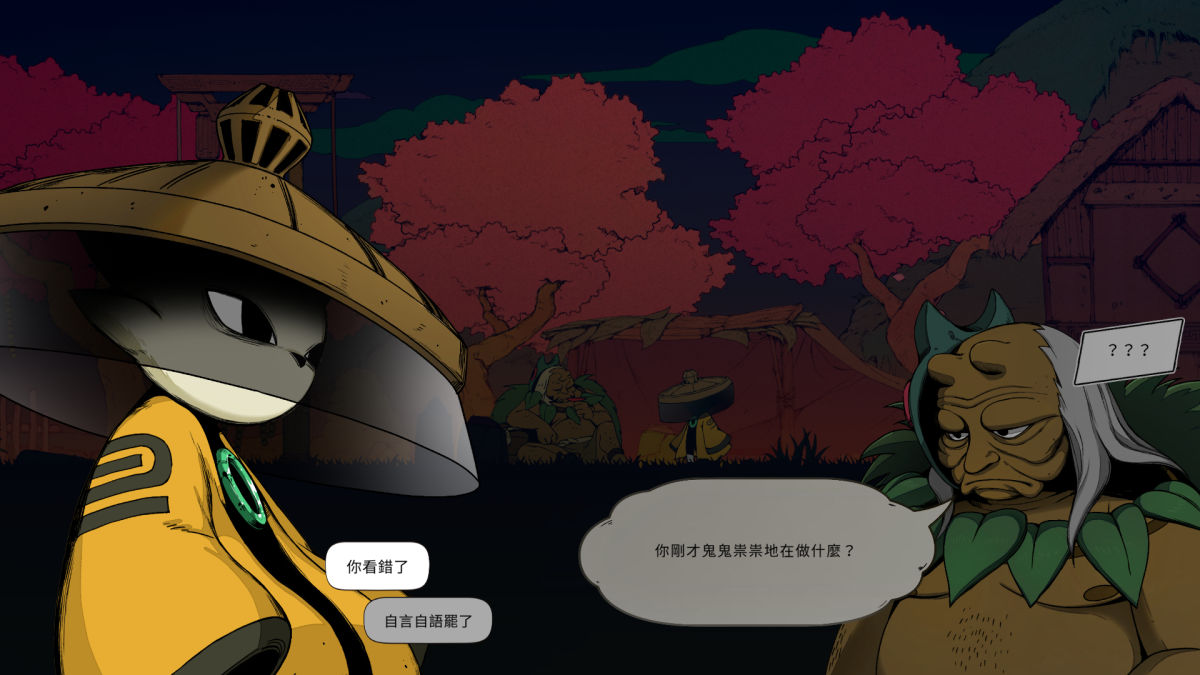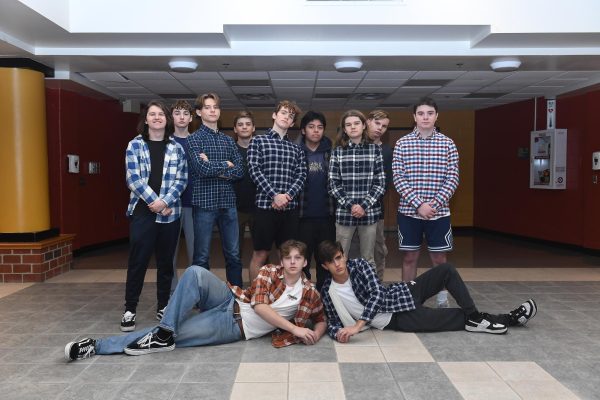Never Trusted, Mullet Head
The resurgence of the mullet is hitting close to home.

Patrick Swayze, Mel Gibson, Billy Ray Cyrus… HVCHS Students? Unfortunately, there’s nothing to be done: the mullet craze has officially been reignited. And no, it’s not the silvery fish with gizzard-like stomachs taking the school by storm. ‘Mullets’ are a coiffure that marries long hair and short hair in a blissful union. But are they modish or anachronistic?
Just 40 years ago, the mullet was in its infancy, and the 80s were its proud parents. In the middle of the decade, the Beastie Boys emerged as an alternative rock quartet, rapping for the kids in the suburbs. They’ve done much more in their 30 years of stardom than just fight for our rights (to party).
They’re also the official creators of the word “mullet” in their 1994 song, Mullet Head, which acknowledged the bi-level lifestyle and reminded listeners to “cut the sides, don’t touch the back.” They later identified the mullet as “business in the front, party in the back,” a sentiment that seems to be true no matter the generation.
In the “Me-First Decade,” mullets climbed in popularity, especially

in Europe, where the 80s were affectionately called the “age of singing tattooed Swedish Flokati Rugs.” But the hair-story goes even further and has practical applications beyond easy access head banging.
Some of the first recorded mullets were worn in the 6th century B.C. by ancient
Roman menaces who harassed other citizens. They were sporting what was once called the “Hun cut” and was first worn by nomadic horsemen, generally recognized as enemies of the nation.

The “neck warmers” have also been a symbol of class solidarity. Notably, Benjamin Franklin, a fashion icon, showed off his mullet to the French in juxtaposition with the typical pompous wigs of the era to communicate his rejection of the ruling class at the cusp of the French Revolution.

Mullets thus join in a broader tradition of using hair styles as symbols of dissent. In the 19th century, Chief Joseph and the Nez Perce tribe resisted missionary ethnocide by wearing their hair long with bangs. On top of the pressures of assimilation, the Nez Perce were fighting forced relocation, and their hair was a form of political and cultural protest.
Despite their rich history, mullets are semi-infamous. The general consensus among HVCHS students is that it’s difficult to achieve a victorious mullet. As one teen put it, they are “high risk high reward.” Another teen reported feeling “🤢🤮” about the hairstyle altogether. A teacher lamented that they’re not what they once were, and that their family agreed that mullets are unlikely to return to their former glory.
Nonetheless, one senior, totally unfamiliar with mullets as a concept, consulted google images and declared they’d consider getting one in the future.
Perhaps Iran was right in banning them in 2010. Maybe America is in its zenith of bad hair. Maybe we never left. But you’ve gotta admit, these bulldogs look pretty gnarly.

HVCH’s very own southern twang, expressed in hair form.
Iris is a Junior writer for the Bulldog Reporter. Outside of Newspaper club, Iris is interested in writing, filming, editing and producing short films,...



























